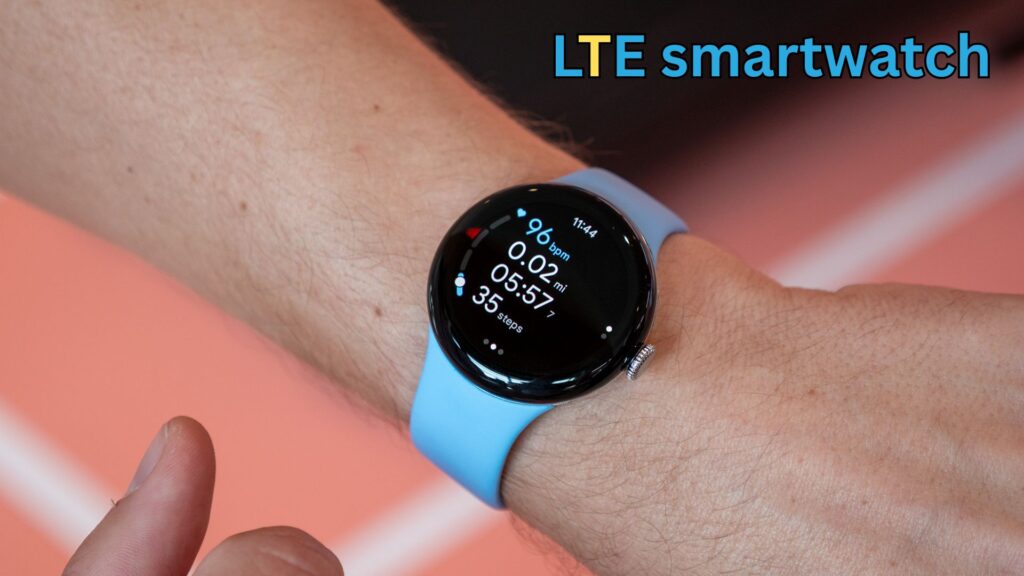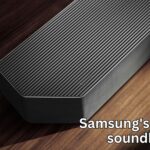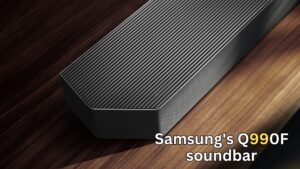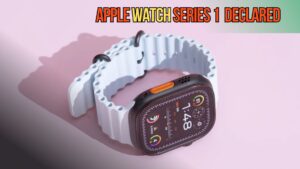Leaving home without a smartphone feels unthinkable for many of us. We depend on our devices for photography, entertainment, communication, navigation, and even as a security blanket against unexpected emergencies. Yet, for one week, I deliberately left my phone behind to see if I could manage with just an LTE-enabled smartwatch.
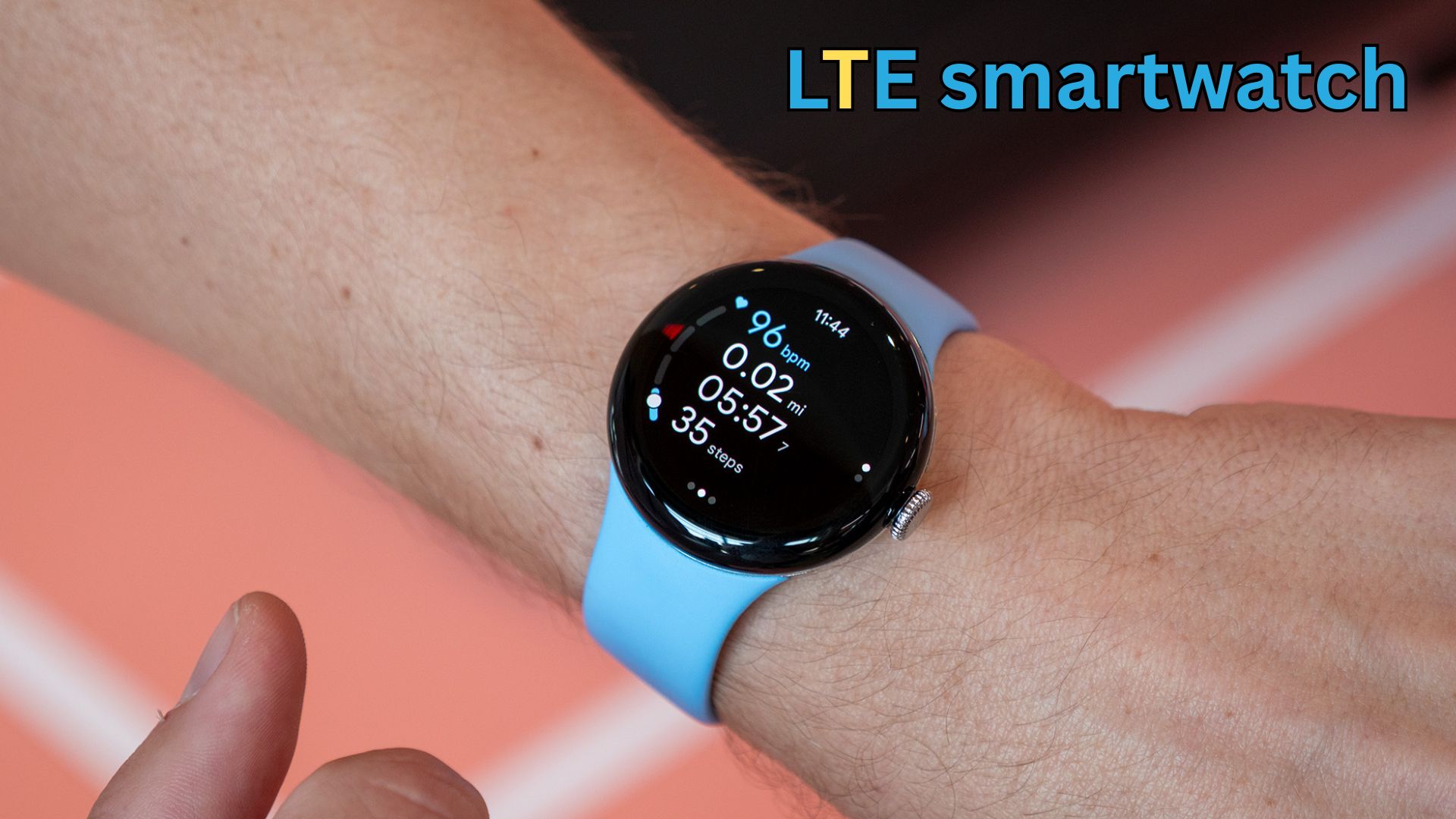
The motivation behind this experiment was simple: to reduce my screen time, stay connected in essential ways, and observe whether I could experience life with fewer digital distractions. Unlike minimalist phones that often lack key functions, a cellular smartwatch offers a middle ground the ability to send messages, check email, listen to podcasts, and stay reachable, without the overwhelming lure of a large touchscreen.
Summary Table
Feature |
Details |
|---|---|
Experiment |
One week using only an LTE-enabled Apple Watch (paired with iPhone 13 Mini) |
Goal |
Reduce screen time, stay connected with essentials |
Device Used |
Apple Watch with LTE |
Main Benefits |
Fewer distractions, greater presence, intentional device use |
Main Drawbacks |
Slow typing, reliance on paired phone, limited functions for heavy users |
Official Site |
Day One: Reality vs. Expectations
I began with an Apple Watch paired to my iPhone 13 Mini. Although I considered trying an Android setup with a Pixel Watch and Gemini AI, I decided to avoid introducing too many new elements.
In my mind, I pictured leisurely coffee shop moments — sipping a cappuccino, wearing something elegant, reading a newspaper, and enjoying the day. In reality, I was swiping furiously on a small screen, stopping my bike to check if I had forgotten about an important call, and awkwardly dictating messages into my watch.
My first lesson was that the Apple Watch still relies heavily on the iPhone. On my first ride, I had to return home to log into Strava and Spotify on my phone so they would work correctly on the watch. Once set up, I was free to leave the phone on my dining table, and the initial ride without a phone felt both liberating and unsettling.
Typing on the watch’s miniature keyboard was more accurate than expected but slow. Voice dictation proved faster, but I felt self-conscious speaking to technology in public, leading me to delay responses until I was at my laptop. By the end of the day, I had not transformed into a calmer person, but I did replace my usual nighttime scrolling with pencil-and-paper Sudoku and that felt like a win.
Day Two: A Market Trip and Some Cheating
On the second day, I made a small compromise. I carried a second phone that functioned only as an e-reader. It had no cellular connection, no social media, and was set to an e-ink-like mode. This allowed me to read Ali Wong’s book, which I had purchased years ago but never finished.
With my Apple Watch on my wrist, the e-reader phone in my bag, and my iPhone powered off and stored as a last-resort safety measure, I cycled to Pike Place Market. This is when I learned an important fact: if your iPhone is off, it cannot forward all notifications to the watch.
While this did not entirely defeat the purpose of the experiment, it highlighted the Apple Watch’s dependency on its paired iPhone for full functionality. Still, I managed to navigate the day with minimal disruptions, relying on the watch for quick communications and the e-reader for entertainment.
The Emotional Impact
Initially, going phone-free felt disorienting. I realized how often I instinctively reach for my phone in idle moments. Without it, there was a slight sense of vulnerability what if something important happened? Yet, this also forced me to engage more with my surroundings, whether that meant noticing details on my bike ride or observing people at the market.
By the end of the second day, I began to see the appeal. The watch kept me connected just enough without overwhelming me with distractions. I still had access to messages, calls, and music, but without the endless pull of social feeds and notifications.
Key Lessons Learned
-
Dependency on the Phone: An LTE smartwatch can operate independently for many functions, but certain features still require the phone to be on and connected.
-
Communication Trade-offs: Typing is slow, and public voice dictation can be awkward. Quick, essential communication is possible, but long chats are better saved for later.
-
Reduced Distraction: Without a large screen in hand, idle scrolling is replaced with more intentional activities.
-
Partial Replacement, Not a Full One: For light daily use, an LTE smartwatch works, but it cannot fully replace a smartphone for complex tasks.
Frequently Asked Questions
Q1: Can an LTE smartwatch replace a smartphone entirely?
A. Not completely. While it can handle calls, messages, and apps independently, many functions still depend on the paired phone.
Q2: Is voice dictation on smartwatches practical?
A. Yes, it is faster than typing, but some users may feel awkward using it in public.
Q3: What is the biggest challenge in going phone-free?
A. Adjusting to slower, more limited communication and overcoming the instinct to reach for a larger screen.
Q4: Which smartwatch is best for this kind of experiment?
A. Any LTE-enabled smartwatch with strong app support, like the Apple Watch or Samsung Galaxy Watch, is suitable.
Conclusion
Switching to an LTE-enabled smartwatch for a week was both liberating and challenging. It forced me to rethink my relationship with technology and made me aware of how often I rely on my phone for comfort rather than necessity.
While it may not be a complete substitute for a smartphone, a smartwatch can be a valuable tool for anyone seeking to cut down screen time without feeling entirely disconnected. For now, I am unlikely to give up my phone completely, but I am more conscious of when and why I use it.
For More Information Click Here

